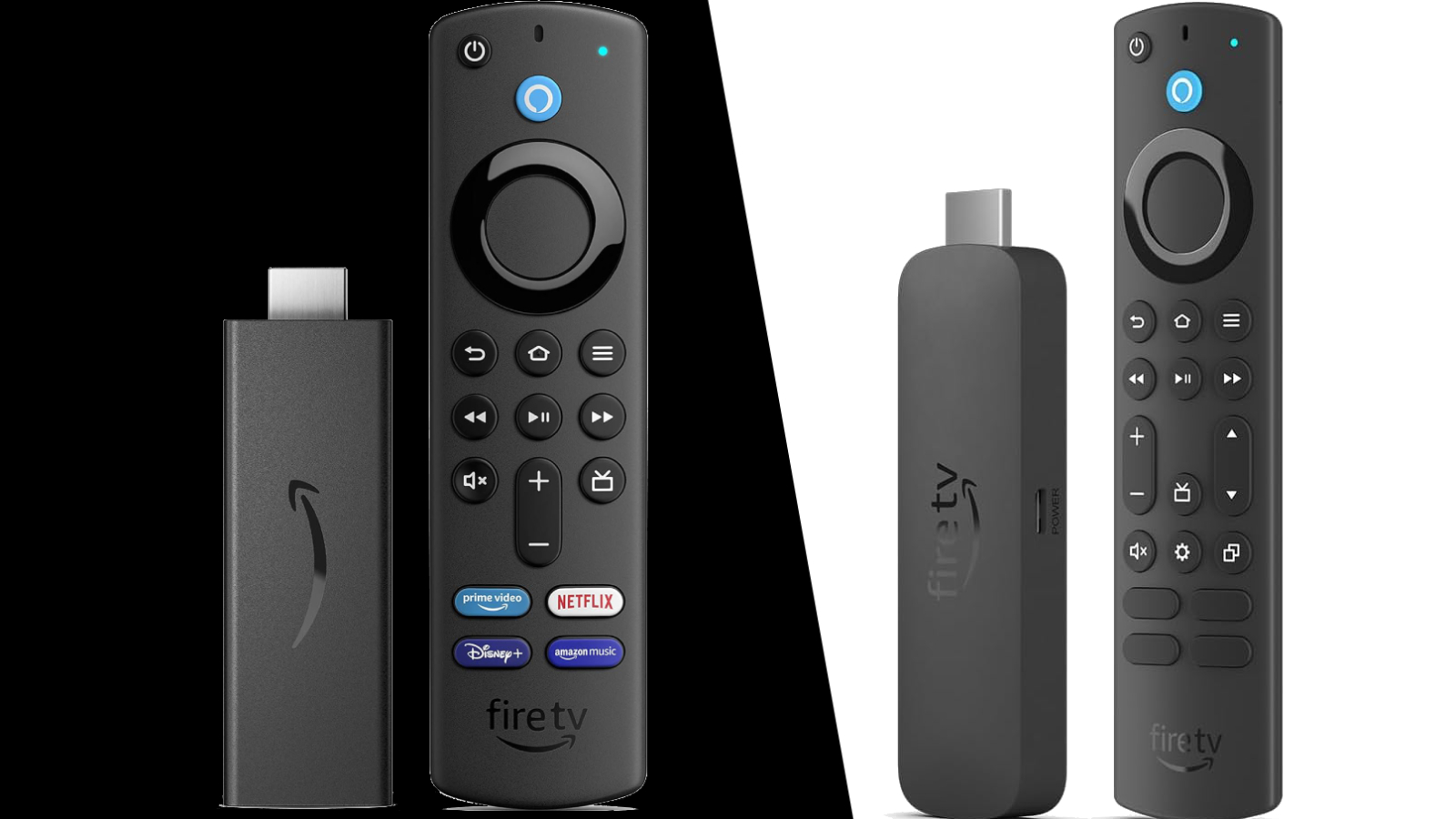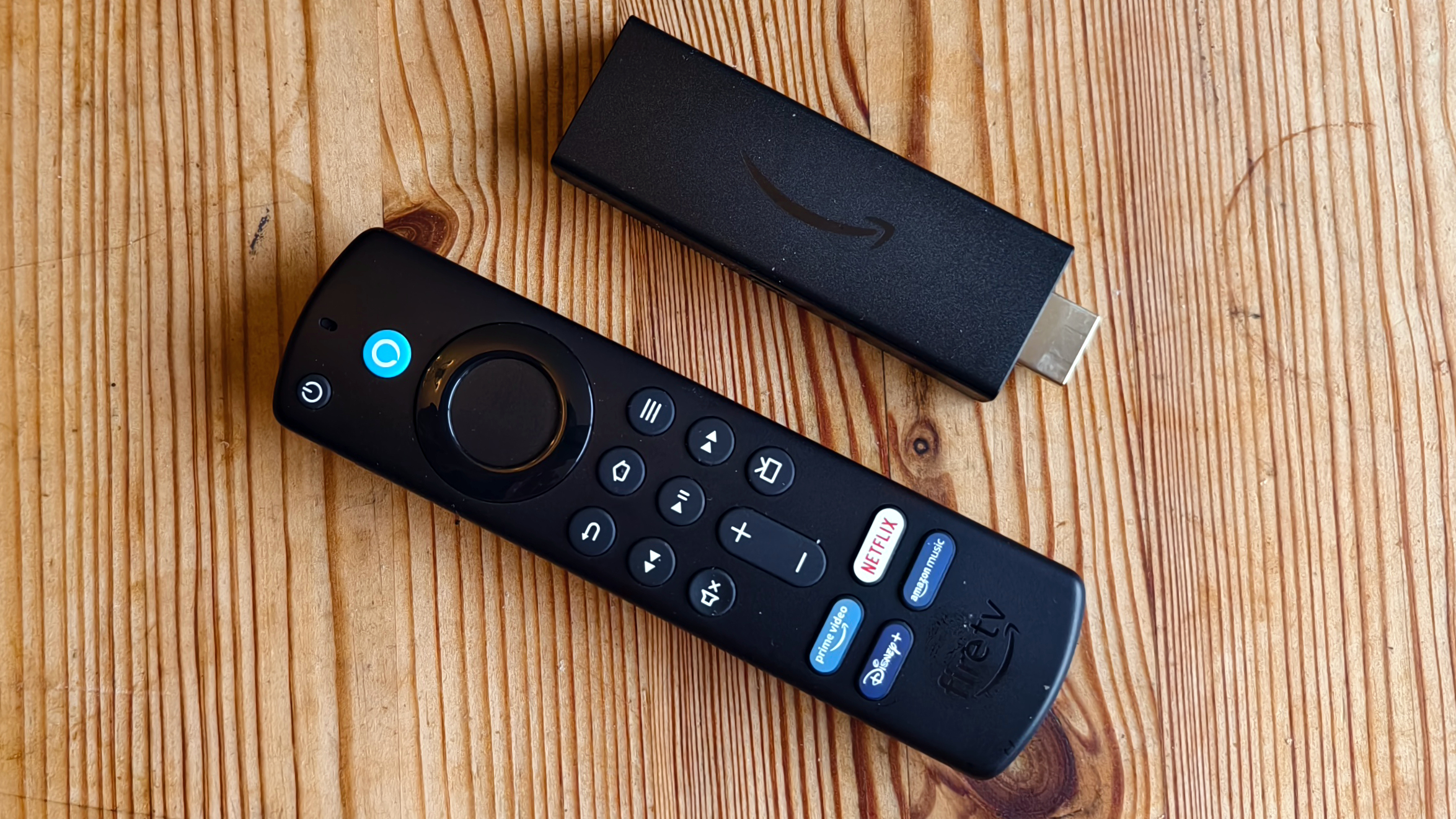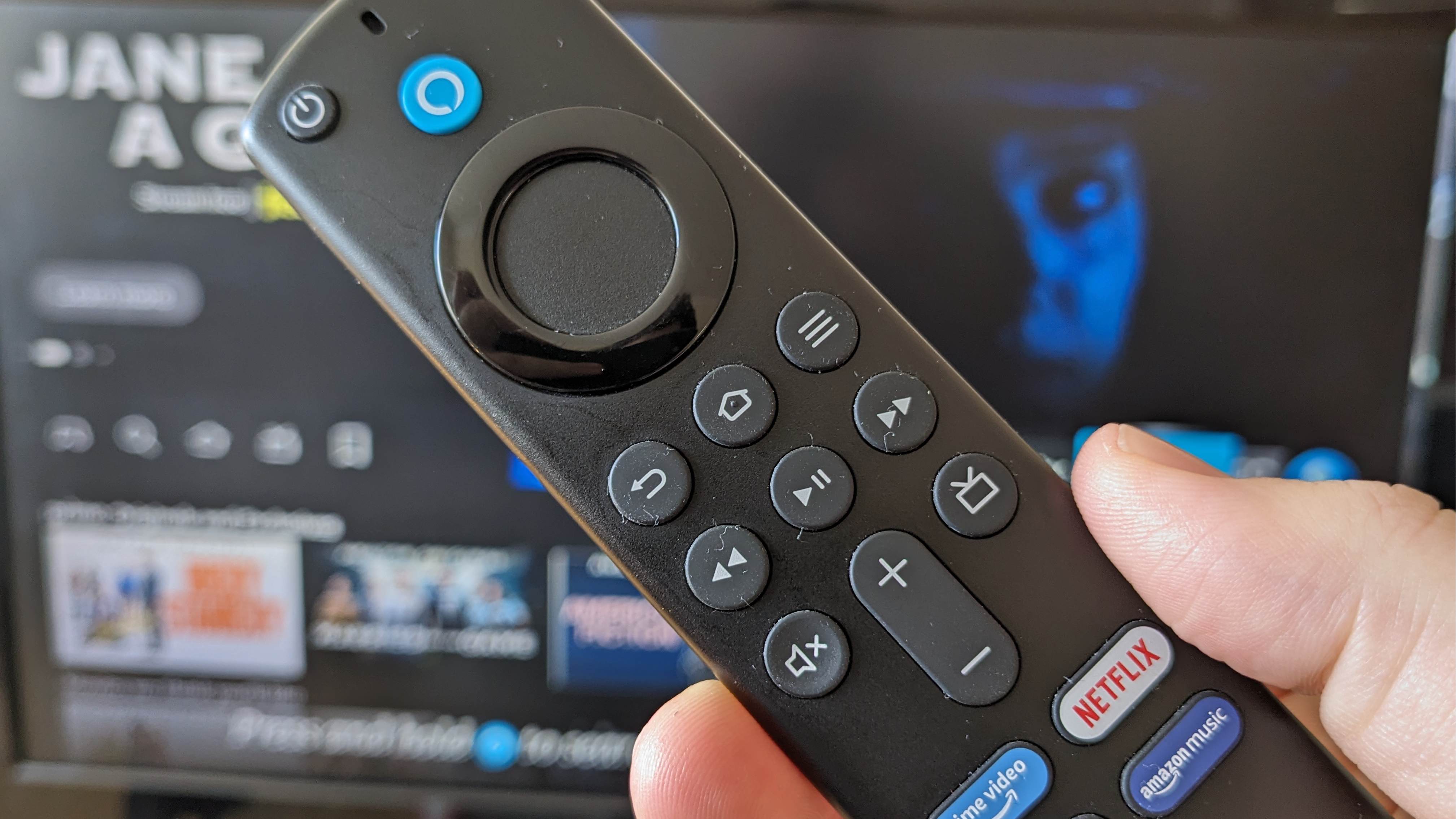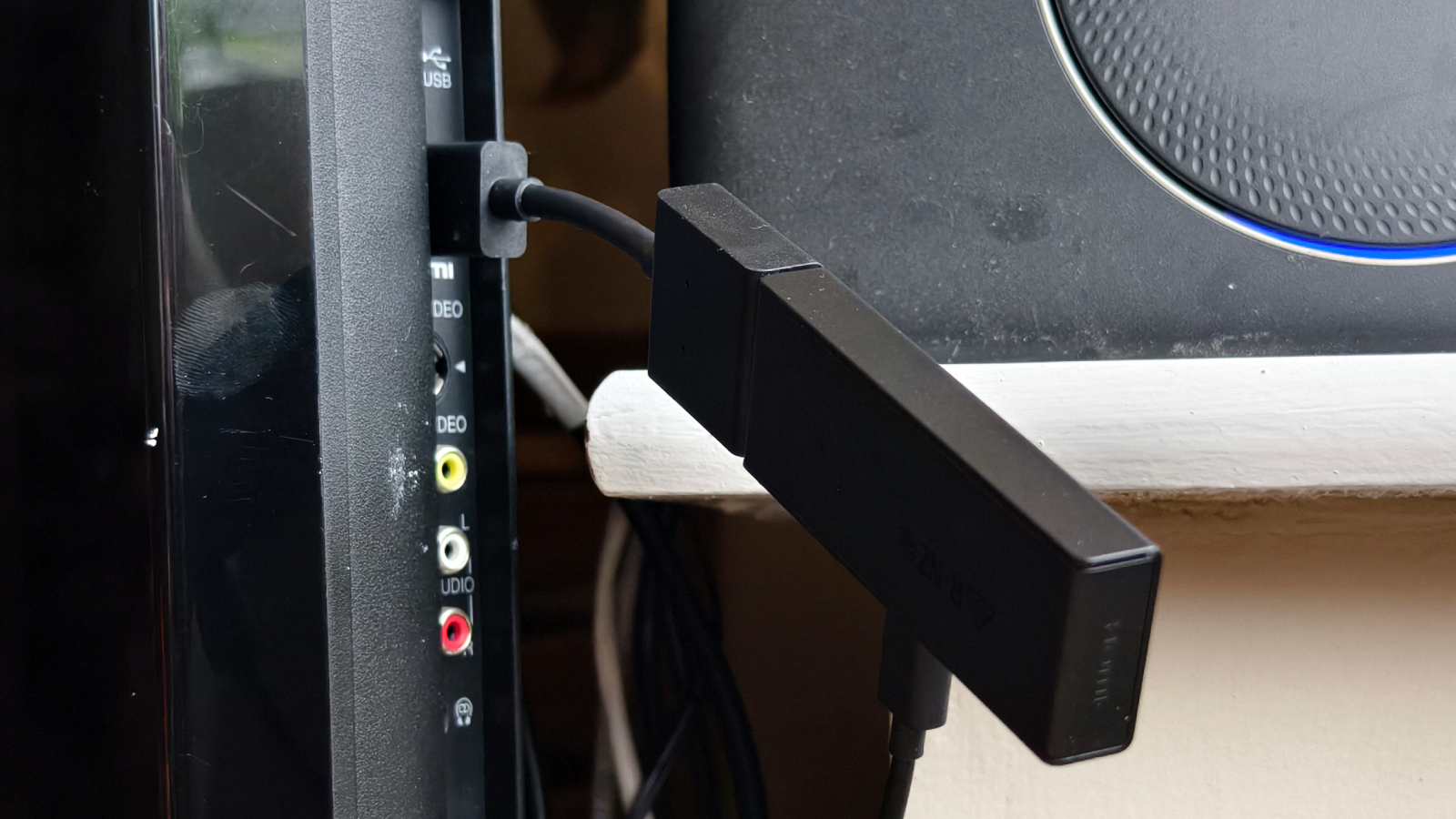Amazon Fire TV Stick vs Fire TV Stick 4K: we compare two of Amazon's streaming sticks
How do these two streaming sticks compare?

There are a few different options for people wanting to buy a new Amazon Fire stick, but that list really expands if you're willing to consider old and discontinued options.
Take, for example, the Amazon Fire TV Stick, which used to be Amazon's 'standard' option. It's been replaced by the Fire TV Stick HD but you can still pick it up, often for less than its original price.
Let's compare it to one of the most popular models, the Amazon Fire TV Stick 4K, which is a more premium offering. As the name suggests, this supports higher-resolution streaming, but there are actually quite a few differences between these two models.
So what are the differences between the Amazon Fire TV Stick and the Fire TV Stick 4K? Let's run through them.
Amazon Fire TV Stick vs Fire TV Stick 4K: price
One of the key differences between all the devices in the Amazon Fire TV Stick line is their price.
The standard device was the second-cheapest of the company's line-up, costing you $39.99 / £44.99 to buy. However you can now pick it up for $10 / £10 very easily, and sometimes even cheaper, thanks to it being discontinued. Check out the sales before you buy.
You'll have to shell out a fair amount more for the Fire TV Stick 4K, as that goes for $49.99 / £59.99, making it $10 / £15 more expensive. It's the middle of the five options in Amazon's range.
The latest updates, reviews and unmissable series to watch and more!
Amazon Fire TV Stick vs Fire TV Stick 4K: design

There are some slightly differences between the Amazon Fire TV Stick and its 4K cousin that help you tell them apart.
In the remote department, the Fire TV Stick and 4K have the exact same build: the Alexa remote is a standard gadget shared in common with the two.
It's the dongle that's different between the two. The newest Fire TV Stick 4K (the second-gen version) has a dongle that's rounded at the edges, while the Fire TV Stick (as well as the first-gen Stick 4K) has a more angular design.
Amazon Fire TV Stick vs Fire TV Stick 4K: what it's like to use

As with all Amazon streaming sticks, the Fire TV Stick and Fire TV Stick 4K both run Amazon's Fire TV operating system, so there will be no differences between both when it comes to the interface.
It might feel that there are differences though, thanks to a specification difference. The Fire TV Stick has 1GB RAM, while the Stick 4K has 2GB RAM. RAM is important for how fast a gadget can be to use, so the Fire TV Stick 4K will feel a lot snappier and smoother to use than its rival when it comes to navigating and opening apps.
Both have 8GB internal memory for downloading apps and storing things that way, so no difference there.
The Fire TV Stick 4K also lets you compare to a select range of Bluetooth devices like speakers, headphones and games controllers, with connectivity at a Bluetooth 5.2 standard. The non-4K option only lets you connect to game controllers, with Bluetooth 3.0.
Amazon Fire TV Stick vs Fire TV Stick 4K: video and audio quality

The biggest difference between the two Amazon Fire TV Sticks comes in the video fidelity department.
The standard Fire TV stick outputs video up to 1080p, or Full HD, while the resolution of the Fire TV Stick 4K goes higher. It can support 4K video streaming, or Ultra HD, as long as it's plugged into a 4K TV. Another perk of the more premium streaming stick is that it supports Dolby Vision, a special kind of HDR that has improved contrast and brightness, though again your TV will need to support it.
Both streaming sticks also output in HDR10, HDR10+ and HLG when supported, and these are all different ways of presenting videos with darker blacks, brighter whites and more vibrant colors.
When it comes to audio, there's no difference between the streaming sticks: they both support Dolby Atmos audio on devices that run it, which is a surround sound tech that creates more immersive and directional audio. Great for watching movies or shows.
Amazon Fire TV Stick vs Fire TV Stick 4K: grand overview

Specifications comparison
| Row 0 - Cell 0 | Amazon Fire TV Stick | Amazon Fire TV Stick 4K |
| US price | $39.99 | $49.99 |
| UK price | £44.99 | £59.99 |
| Resolution | FHD / 1080p | UHD / 4K |
| Audio | Dolby Atmos | Dolby Atmos |
| Memory | 1GB | 2GB |
| Storage | 8GB | 8GB |
| Remote | Alexa remote | Alexa remote |
| Bluetooth | 3.0 | 5.2 |
Verdict
To know which of these Amazon Fire TV sticks is best for you, it's definitely worth knowing the specs of your TV. If you have a 1080p or FHD TV, you only need the basic edition, while if you have a 4K TV, you might consider the latter though both will work.
The two Fire sticks have lots in common: the same software, the same remote, the same amount of storage. The Fire TV Stick 4K stands out with its visual fidelity: 4K resolution and Dolby Vision really help it stand out.
However it costs extra, so it's only worth buying if you will enjoy this boost to picture quality.

Tom is the streaming and ecommerce editor at What to Watch, covering streaming services in the US and UK.
As the site's streaming expert he covers new additions, hidden gems, round-ups and big news for the biggest VOD platforms like Netflix, Apple TV Plus, Disney Plus, Prime Video and Tubi. He also handles the site's articles on how to watch various movies, TV shows, sports, live events and classic box sets, and coverage on hardware like TVs, soundbars and streaming sticks.
You can commonly find him at film festivals, seeing classic movies shown on the big screen, or going to Q&As from his favorite film-makers and stars.

